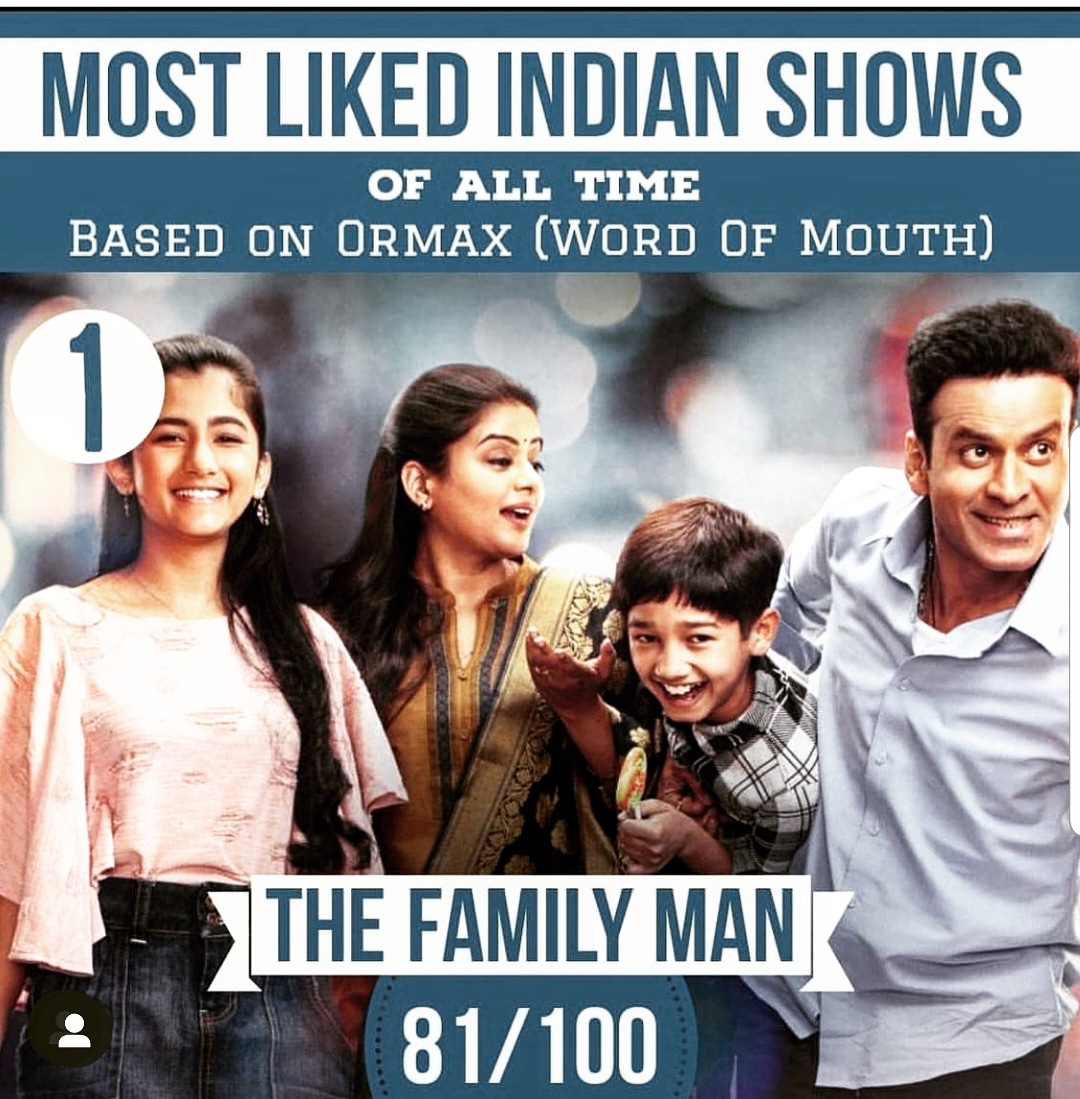Sivabhaskar
Contributor
- Joined
- 23 Feb 2018
- Messages
- 550
- Solutions
- 3
- Reaction score
- 636
Noone was questioning Netflix's ability to play UHD and FHD videos on different devices, or what resolution it defaults to in which supported device. My original post/comparison solely focused on the availability of 'video player controls' for altering streaming quality and font selection -- or their lack thereof.dude, it only playbacks 4k,1080p on certified devices and not all devices/browser.
Not having dynamically accessible controls in the video player has nothing to do with the quality of the platform that is Netflix. The quality of Netflix, lies in the availability of strong original programming -- viz,., original series as well as movies that end up as major draws during the awards season, and as well the presence of a whole lot of studio backed programming. Netflix is top notch in that aspect. That is what would count as quality. And not just the mere ability to play high quality videos, albeit done without providing the user with easily accessible options in the video player, to control how that video could be watched.Netflix is definitely not for indians who appreciate quantity over quality. It is premium service aimed at non data conscious .
you are free whine about it....
At the same time, no one could say that 100% of Netflix's programming if of the highest order. There is a whole bunch of low grade stuff too. Again, typecasting everyone who wishes to watch this low level programming in a streaming quality of their liking, or in a subtitle type of their preference for said content -- with the use of easily accessible controls in the video player -- as "Indians who prefer quantity over quality", is very poor and arrogant judgment, that jumps the gun on so many levels.
Let us just say, that a user only has a 40mbps plan, but owns a Sony 4K TV. That speed means that it might take more than a few seconds before it loads the video if the selected video quality is 4K. And at times, it might also slow down for a couple of seconds during the video playback to buffer the 4K video. But, what if that user is okay to wait those few seconds here and there while the 4K video loads to the buffer? What if they don't want Netflix's so called complex algorithm to automatically reduce their video resolution on its own, just because their internet is a tiny bit slow at times? What if someone wants to be able to watch all videos in 4K regardless of their internet speed? What if that same someone sometimes wants to degrade their video resolution from 4K to FHD once in every 4 videos they watch -- but with that control easily accessible in the video player itself, and not buried in some settings page they need to access every time they want to change the subtitle type or video resolution?
Labeling all such "Indians" as people who prefer quantity over quality is not just poor conclusion making -- but borderline elite mentality.
Because at the end of all that has been said, this whole discussion has nothing to do with quality. Or even quality vs quantity. It merely comes down to the absence of (or the willingness to provide) proper 'user friendly technology' in Netflix's video player. That's just the gist of it.
Now, one can accept the plain fact that Netflix's video player clearly lacks these controls. And the fact that Netflix is awesome despite this technical absence in their video player. And allow each of those two facts to stand on their own. And learn to accept facts as they are, instead of asking everyone else to believe what they 'want to' believe -- that everything is hunky-dory with something they hold close to their hearts.
Or, one can blindly defend Netflix regardless of the absence of a certain user friendly technology. And then label anyone who asks for it as a quantity over quality seeker. Anyone who wants to do that -- well, can feel free to do so.

